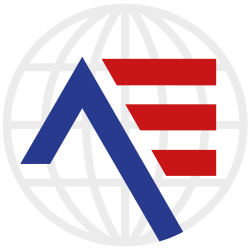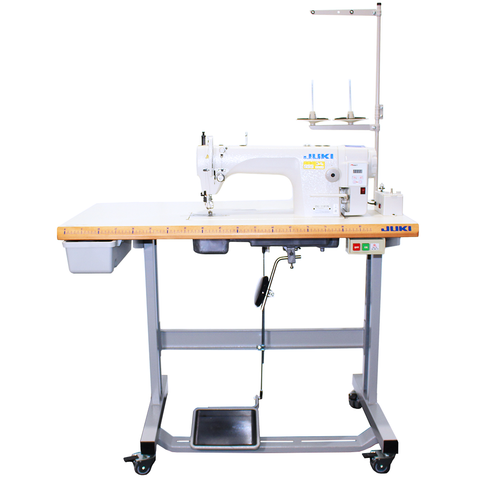Welcome to our quick guide to upholstery! Upholstering is a skilled profession, but amateurs with experience in using a sewing machine and accurately measuring and cutting will still be able to produce great results! This area covers anything which makes up the soft parts of furniture. Whether you are looking to start a business or make custom upholstery pieces for your home, we’ve put together some tips to get you started.

Materials
Upholstery fabric needs to be able to stand up to everyday wear and tear as well as the extra tension which it is often subjected to. It is therefore usually heavy weight and durable. The “Martindale Rub Test” is often used to score the durability of upholstery fabrics. This gives an indication of how suitable it will be for the purpose and is usually scored between 10,000 to 30,000+. The rub test uses an oscillating disc with an abrasive surface and measures the number of times that it can travel across the fabric before it shows signs of distress. It is intended to mimic the effects of regular usage to see how long the fabric will last. The higher the score, the more durable it is! Items with a score around 10,000 are suitable for decorative items such as cushions or accent pieces but can’t stand up to regular use.
It’s also beneficial to look for a fabric which has been treated to give additional stain and UV resistance and is water repellent.
A range of medium to heavyweight fabrics can be used, here are some of the most common to look out for:
Faux leather and leather – One of the most popular choices! Leather is easy to wipe clean and is very durable, which makes it a good choice for high-usage areas and those where spills are likely. Another advantage is that pet hairs don’t stick to it. However, it must be conditioned appropriately to reduce the risk of cracking.
Chenille – A common choice for items which will receive heavy use. Chenille fabric is made from short pieces of cotton, rayon or olefin which are twisted together to create a textured effect. It has an attractive sheen and is soft to the touch and has a cut pile which aids abrasion resistance and comfort.
Faux suede/microfiber/ultrasuede – Typically a polyester multi-weave fabric with a surface abrasion treatment giving it a fuzzy, sueded pile to mimic suede. It is an excellent choice for heavy-use family rooms with pets because it is very strong, abrasion resistant, and easy to clean.
Padding – Upholsterers tend to use specialist foam which is favoured for its comfort, durability, and fire-resistance.

Below are two types of upholstery you may encounter













